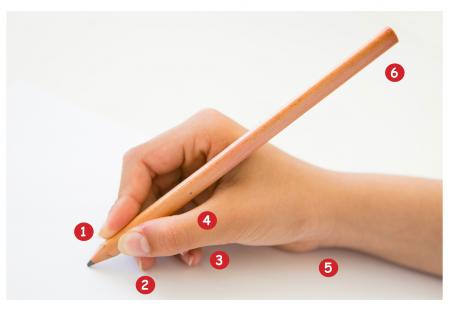Workshop for Literacy Approach 
Workshop for Literacy is a research-based approach used in the teaching and development of core literacy skills. At the heart of this approach is contextualised learning , making connections to deepen understanding.
With inclusivity at its heart, the approach has been designed to ensure that all learners within the class participate together in order to maximise engagement, collaboration and personal development. The use of a single text ensures all learners share in the same context from which other activities can be differentiated to appropriately meet individual needs.
 Phonics and Phonology
Phonics and Phonology
Children need to be able to demonstrate certain skills before they will be ready to learn to read and spell.
These skills are the ability to hear sounds within words and understand that these can be broken down into parts.
Teaching phonics must begin as an auditory activity. If they can’t hear and identify the sound, it is going to be difficult for them to link the sound (phoneme) to the written form (grapheme).
Some phonological skills include:
- Listening
- Visual and auditory memory
- Word boundaries
- Rhyme awareness and detection
- Syllable blending
- Syllable detection
These, along with others, are assessed prior to children learning initial sounds. Work in class may begin with the development of these skills which is a crucial part of a child’s learning journey in literacy.
Handwriting
At Foulford Primary we use Nelson letter formation to support our progression in handwriting. It is important that children are taught to form and size letters correctly in the early years, with the opportunity for consolidation to support the correct formation becoming automatic through muscle memory.
Key points:
- Children should be encouraged to use a tripod grip (more information below)
- Children should be encouraged not to lift their pencils until the end of a letter (with exceptions of ftij)
- Children should be encouraged to size letters appropriately (especially in comparison to each other)
- These letters aceimnorsuvwxz are the small letters
- These letters bdhklt are tall letters (as children get older we talk about ascenders)
- These letter fgjpq are fall letter (as children get older we talk about descenders)
The Tripod Grip

- Pinch the pencil (not too hard!) between the thumb and forefinger, at the point where the painted shaft begins.
- Rest the middle finger behind the shaft of the pencil: it acts like a shelf for the pencil to rest on.
- The ring finger and little finger should curl into the palm of the hand.
- The space formed by the thumb and forefinger (the thumb web space) should be round and open.
- The wrist should be resting on the paper, and below the writing line.
- The blunt end of the pencil should point towards your child’s body – not forwards, sideways or straight up.
Useful websites:
https://www.ictgames.com/mobilePage/writingRepeater/index.html
https://www.doorwayonline.org.uk/activities/letterformation/
This document explains Foulford’s Approach to Literacy in the Early Years.

